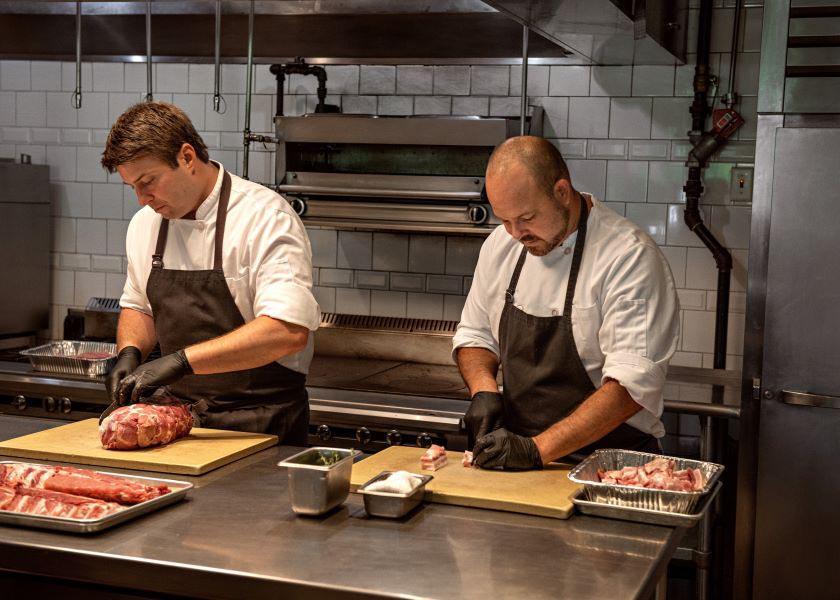Trickle-Down Effects of Disappointing Employment Data

November employment data released by the Bureau of Labor Statistics was disappointing, analysts say, but not entirely surprising. The BLS report said only 210,000 new jobs were added in November, which lowers the unemployment rate to 4.2% from 4.6% the previous month. The number was about half what analysts expected.
The participation rate for U.S. workers was listed at 61.8%, up 0.2% from October. The number of people on payrolls was estimated at 148.6 million, 3.9 million less than before the start of the pandemic.
Additionally, about 4.2 million Americans quit their jobs in October as churn in the labor market continued to mark the economic recovery nearly two years into the pandemic, according to the BLS. In contrast, in February 2020, before the big wave of pandemic-related layoffs began, 2.3 percent of workers quit their jobs.
The number of people who left jobs for other opportunities in October made up 2.8 percent of the workforce, the BLS said in its monthly Job Openings and Labor Turnover survey. In contrast, the survey found 11 million job openings, only slightly less than the record from July.
By far the biggest declines have come in leisure/hospitality, government and education/health services.
“COVID and structural issues are clearly at play here, with more baby boomers retiring early and some workers moving away from customer facing jobs,” says Altin Kalo, senior economist with Steiner Group Consulting. “Economists thought higher pay and benefits, as well as expiration of unemployment benefits, would induce more people to return to the labor force. That did not happen to the degree expected.”
Only 23,000 new jobs were added in leisure and hospitality, an industry that employs some 15.6 million people. Restaurants are part of this category and they continue to struggle to fill positions.
“Retaining workers has become increasingly difficult, forcing them to raise pay to stay competitive,” Kalo says. “The flip side of this is that menu prices continue to move higher and the resulting food inflation appears to be impacting sales volume. Livestock producers care about volume sales not dollar sales at foodservice. If restaurants are buying fewer cases of beef that means fewer head of livestock and a shrinking business for ranchers and producers.”
It appears that some people are shifting from lower pay to higher paying jobs.
“For instance, there were 50,000 new jobs added to transportation and warehousing in November following 60,000 new jobs added in October,” Kalo says. “However, retail trade saw the loss of 20,000 jobs and only 31,000 new jobs were added in manufacturing. The increasing competition for workers has resulted in significant increases in wages, which could further fuel inflation.”
Meat packers are not immune to the higher labor costs. Tyson Foods said this week it has invested more than $500 million in wage increase and thank you bonuses for frontline workers over the past year. That puts average total compensation for hourly Tyson team members at more than $24 an hour, or an annual value of more than $50,000.
Higher labor costs at packing plants “eventually gets passed down to producers in the form of lower bids for livestock and passed up to consumers in the form of higher costs for meat,” Kalo said. “According to BLS data, average weekly earnings of production and non-supervisory employees in animal slaughtering and processing operations in October was up 10% from the previous year and 19% higher than in January 2020. Weekly earnings for production and non-supervisory employees at limited-service restaurants in October were 15% higher than the previous year and 18% higher than in January 2020.”







